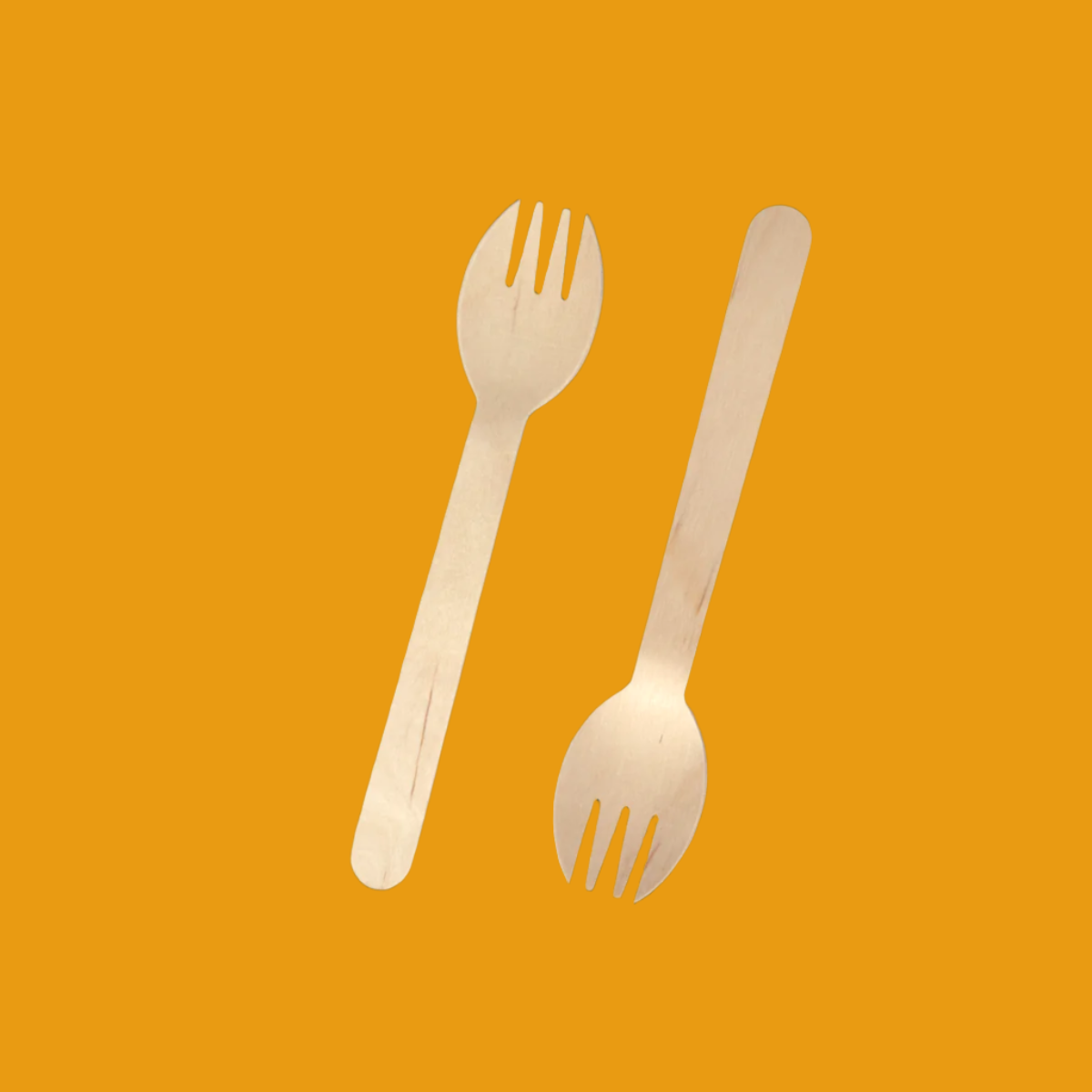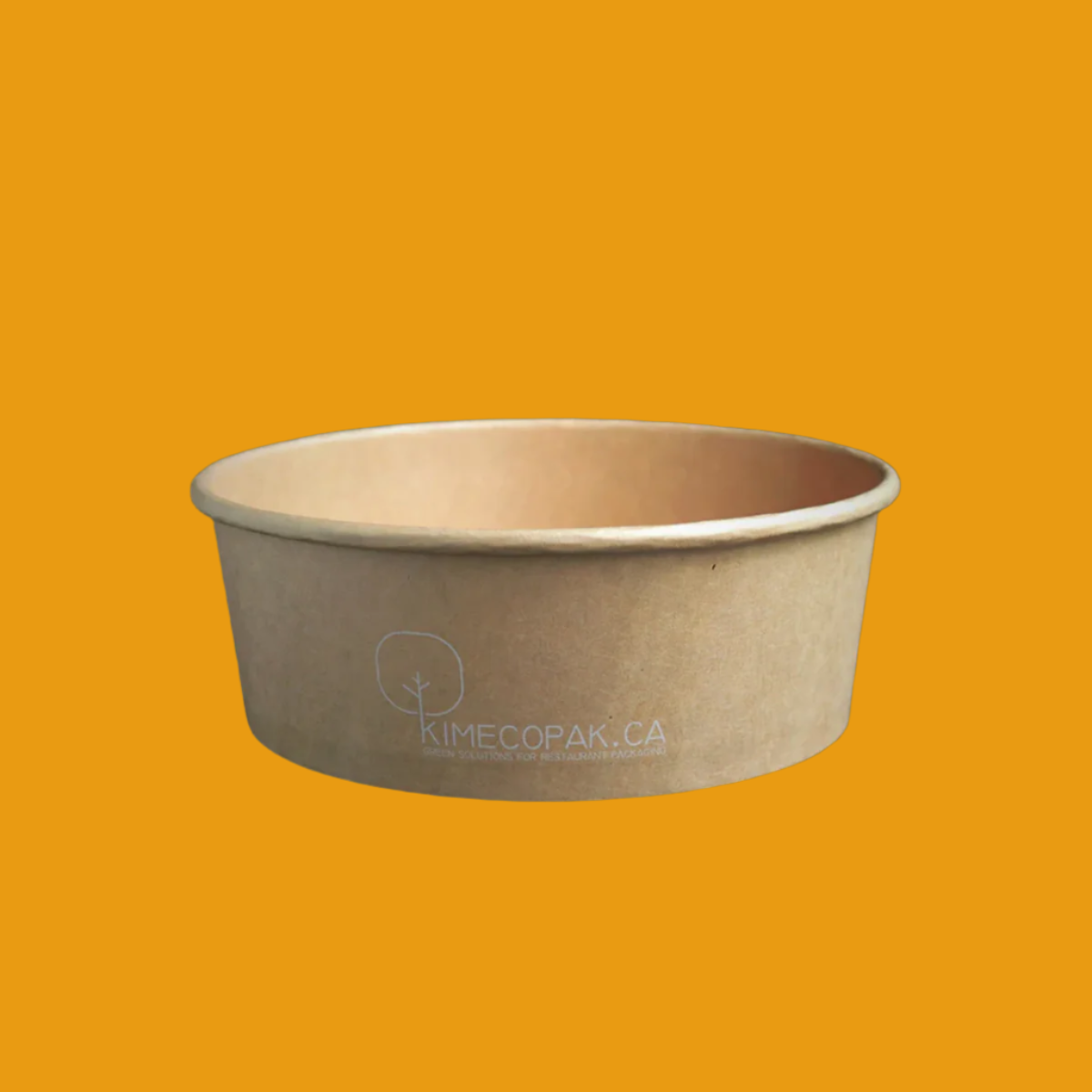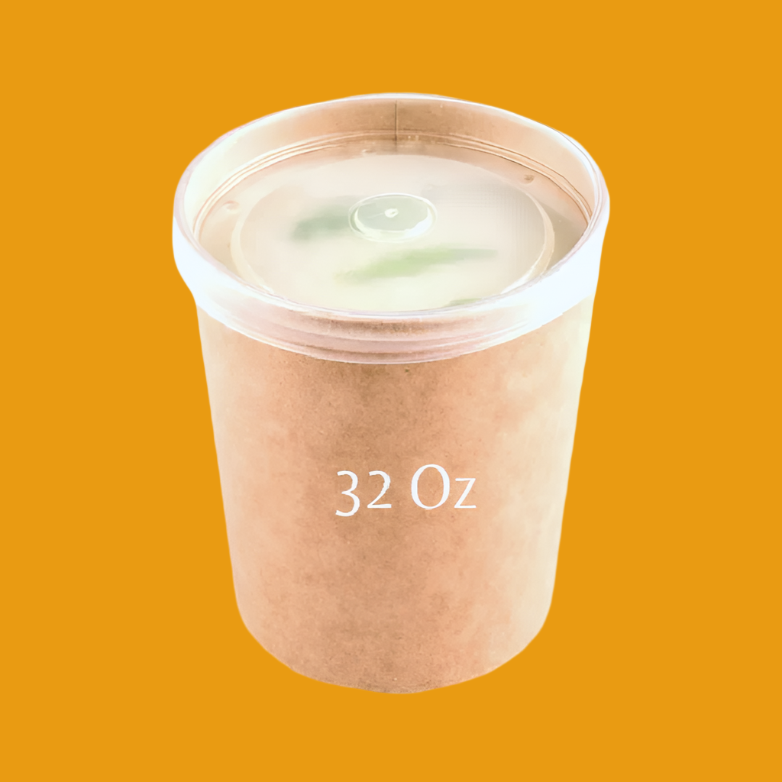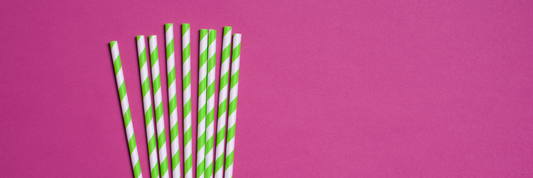Food packaging plays a crucial role in preserving the quality, safety, and shelf life of food products. The selection of appropriate packaging materials is essential for protecting food from contamination, ensuring its freshness, and providing convenience to consumers. This article explores various food packaging materials, their advantages and disadvantages, the future of food packaging, and strategies for reducing packaging costs.
Common Food Packaging Materials
Plastic Packaging
One of the most popular forms of packaging in the food industry is plastic, which is frequently used for packaging both wet and dry goods.
Plastic is also an inexpensive packaging material.

Polyethylene
The most packaging materials are low-density polyethylene and high-density polyethylene. They can be adaptable to almost every food item due to their physical and chemical properties.
There are various subtypes of polyethylene packaging such as PET, HDPE, and LDPE. Among these, PET (Polyethylene Terephthalate) is the most commonly used in the form of soft drinks bottles, milk bottles, and more.
- Pros: Versatile, lightweight, moisture-resistant, and cost-effective.
- Cons: Non-biodegradable, environmental concerns due to plastic waste.
Polyvinyl Chloride
Polyvinyl chloride (PVC) is a plastic packaging material used in tablet blister packs, cling films, water bottle sleeves, adhesive tape, and more.
- Pros: Durable, clear, and offers good barrier properties.
- Cons: It contains harmful chemicals like phthalates and is not typically used for food packaging due to potential health risks.
Metal Packaging
Metal is one of the best materials for food packaging. They offer the best protection and are durable and rigid. Metal material is commonly used in cans, boxes, and containers.

Tin
As early as 1810, tin was the first metal to be used for food packaging. The main drawback of it is corrosion. When pure tin comes into direct contact with food, it corrodes. Tin is therefore covered in layers of protection when it comes to packaging.
- Pros: Strong, provides excellent barrier protection against light, oxygen, and moisture.
- Cons: Heavier than other materials, more expensive, and prone to corrosion.
Aluminum
In households, aluminum foil is frequently used to preserve food.
- Pros: Lightweight, non-corrosive, and provides a high barrier to light, gases, and moisture.
- Cons: More expensive than some other materials and energy-intensive to produce.
Steel
Steel is often used to make containers, caps, or metal cans.
- Pros: Durable, recyclable, and provides strong barrier protection.
- Cons: Heavy, prone to corrosion unless coated, and more costly.
Glass Packaging
Among the earliest materials for packaging is glass, and glass bottles have even been discovered by archaeologists close to ancient Egyptian tombs.
Glass can be used to pack anything, whether it's dry, wet, or even acidic. It's also one of the materials that react the least with food. Glass is widely used to make glass bottles and containers, which are used as the main packaging material for liquids such as juices, oils, syrups, and other liquids.
- Pros: Non-reactive, preserves flavor and aroma, and is recyclable.
- Cons: Heavy, breakable, and higher transportation costs.

Wood Derivatives
Cardboard
Corrugated cardboard boxes and folding cartons can be used for primary, secondary, and tertiary packaging.
- Pros: Lightweight, recyclable, biodegradable, and cost-effective.
- Cons: Less durable and offers limited barrier properties.
Paper and Paper Board
Food manufacturers use paper and paperboard as primary and secondary packaging materials.
It is a popular material intended for direct food contact, but not with moist food.
- Pros: Versatile, biodegradable, recyclable, and can be coated for better barrier properties.
- Cons: Less resistant to moisture and mechanical damage.

Ceramics
Ceramic packaging is cheaper than metal and glass packaging. It can eliminate toxic materials from food packaging.
- Pros: Inert, provides good barrier properties, and is reusable.
- Cons: Fragile, heavy, and higher production costs.
Cellulose
Cellulose is a plant-based product and is one of the few organic materials in packaging. It looks like plastic but completely biodegradable material.
- Pros: Biodegradable, renewable, and provides good barrier properties when coated.
- Cons: Less durable and higher production costs.
Skin Packaging
Skin packaging (also known as skin packs) has become a staple at your local supermarket.
Skin packs are commonly used for packaging fish, beef, chicken, pork, car parts, tools, hardware, and many other consumer products.
Skin packs have a much lower carbon footprint than other material alternatives. Moreover, they take up less space in the landfill and are lighter than rigid packaging supplies.

How To Choose The Right Food Packaging Material?
When choosing packaging material, you should consider some factors including:
- Barrier properties
- Food safety
- Sustainability
- Carbon footprint
- Costs
- Ease of use for consumers
- Fully recyclable or not
- Shelf life
Ways to Reduce Food Packaging Costs
Automated Food Packaging Solutions
Implementing automated packaging solutions can increase efficiency, reduce labor costs, and minimize errors, leading to overall cost savings.
Optimizing Package Size
Using appropriately sized packaging reduces material usage and shipping costs while maintaining product protection.
Implementing Latest Innovations
Incorporating new technologies and materials can improve packaging efficiency and sustainability, leading to long-term cost savings.
Recycling
Encouraging the use of recyclable materials and establishing recycling programs can reduce waste disposal costs and promote environmental sustainability.
Minimize Waste in the Packaging Process
Streamlining the packaging process to minimize waste through better design and material utilization can result in significant cost reductions.
Smart Use of Material
Using materials wisely, such as employing multi-layer barriers only where necessary, can reduce costs without compromising on protection.
Frequently Asked Questions (FAQs)
What Are The Most Commonly Used Food Packaging Materials?
The most commonly used food packaging materials include plastics (such as polyethylene and PET), metals (aluminum and tin), glass, cardboard, and paperboard.
Can PVC be used for food packaging?
While PVC has good barrier properties and durability, it is generally not used for food packaging due to the presence of harmful chemicals like phthalates, which can leach into food and pose health risks.
Conclusion
Food packaging materials play a critical role in ensuring the safety, quality, and shelf life of food products. By understanding the pros and cons of different materials, adopting sustainable practices, and leveraging innovations, the food industry can enhance its packaging strategies. Choosing the right materials and optimizing packaging processes can lead to cost savings, environmental benefits, and improved consumer satisfaction.









